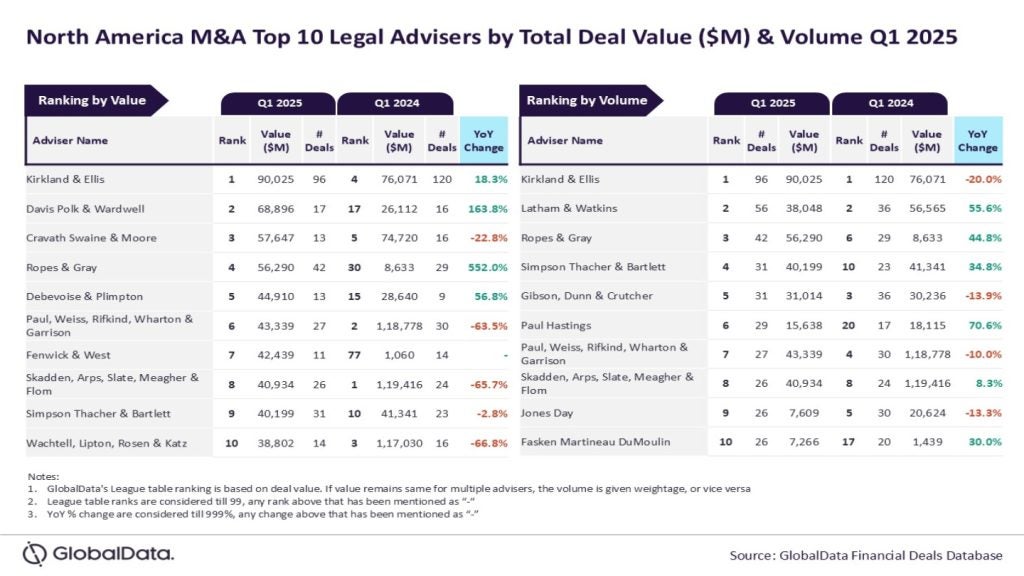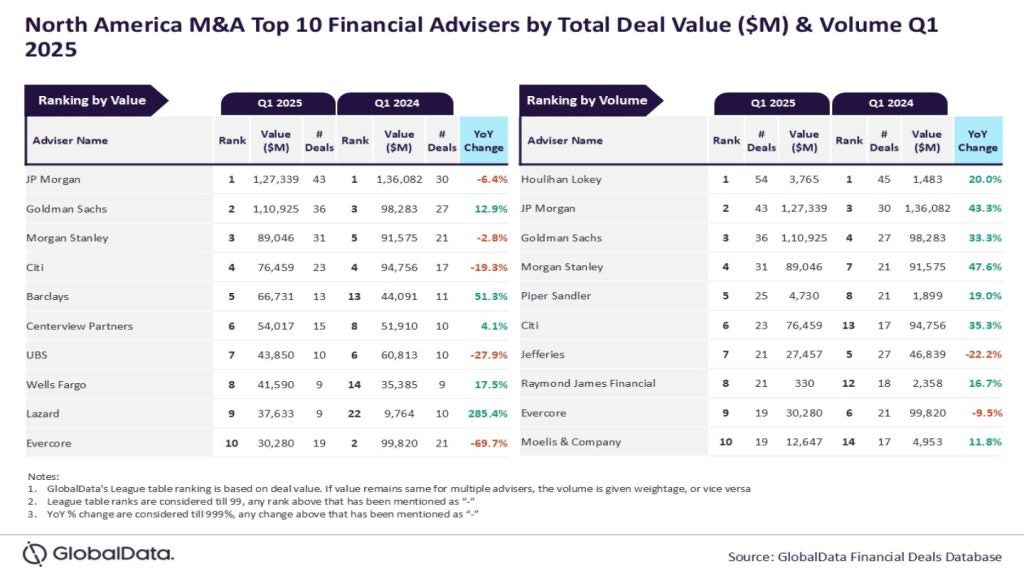
The UK’s challenger banks face a difficult year ahead, with a depressed economic outlook and an increasingly competitive marketplace. However, the prospects are brighter for players that focus on a target audiences, such as small and medium enterprises (SMEs). Jane Cooper reports
Challenger banks, app-only banks, neobanks – regardless of how they are described – the UK now has plenty of them. More choice for the consumer, however, means more competition and more pressure in what is already shaping up to be a difficult year.
As the players jostle for market share, observers comment that those focused on a particular segment will fare better, and are more likely to survive, in the challenging market and economic environment.
“The challenger banking sector is definitely under some pressure as we go into 2021,” says Simon Kent, global head of financial services at Kearney, a global consulting firm.
Organisations that don’t have the scale or the reach of the largest banks, and don’t have a specialisation or niche — those that are stuck in between — are going to be very challenged in 2021 and 2022, he says. Kent adds he expects to see consolidation in the market in the year ahead.
UK challenger sector: increasingly overcrowded
The number of players has been growing in the UK, adding to an increasingly crowded market. Since July 2019, eight banks received licences: Allica, Jamaica National UK, GKBK, Oxbury FS, Castle Trust Capital, Distribution Finance Capital, Monument, and Recognise Bank.
Marcel van Oost, an early-stage investor in neobanks and commentator on the industry, doesn’t expect a new big name to emerge in the year ahead – that is, one that will have the success and recognition that will match the likes of Revolut, Starling or Monzo.
The challengers that are most likely to be successful, Van Oost says, are those that focus on a particular niche. He notes a trend in other markets of niche players emerging, such as banks that are focused on women, minorities, or influencers.
A number of the UK’s newest banks are focused on particular customer segments. For example, Allica, which received its licence in September 2019, describes itself as an expert in SME banking, and offers savings accounts, commercial mortgages, asset finance, as well as personal savings accounts.
And Recognise opened its four branches to business customers in December 2020, and offers lending of between £100,000 to £5m to property investors, business owners and financial firms. Meanwhile, Monument, which was authorised in October 2020 and is focused on high-net worth professionals, is expected to launch soon.
UK challengers: record investment in 2020
Henry Whorwood, head of research and consultancy at Beauhurst, a business data provider on startups in the UK, explains that investment in new banks has been growing in recent years.
Last year saw a record number of investments into challenger banks, he says. There were 42 deals that invested into challengers in 2020, compared to only 21 in 2016 – a doubling in that period.
Whorwood notes a trend of challengers focusing on business banking. “The consumer banking market it pretty saturated,” he says, adding that new players in the consumer space are trying to enter business banking, as well as the emergence of challengers that are solely focused on business banking.
Existing challengers such as Monzo, Revolut and Starling all offer business accounts. And there are a number of other providers that are focused on small businesses and the self-employed, such as Tide or Coconut.
Others focus on lending to small and medium businesses, such as OakNorth Bank. The bank was authorised in 2015 and offers personal savings accounts as well as business and property loans to the ‘missing middle’ of growth businesses that have not been well served by the larger traditional banks.
On OakNorth and the chances of success of the challengers in the market, Whorwood comments, “If you had to back only one horse, that might be it.”
‘Not an easy market to crack’
Although observers are optimistic about the business specialists, the current environment is still tough for them. Zilvinas Bareisis, head of retail banking at Celent, says “Business banking is certainly getting a lot of attention,” adding that many are targeting the SME sector because the bigger banks are not doing a good job of servicing them.
“It is not an easy market to crack,” he comments. There is complexity in the needs of small companies, and many SMEs are struggling because of the pandemic – either with staff on furlough or businesses that are on the verge of collapse.
Another difficulty for challenger banks is that many have relied on card revenues from interchange fees, which have dropped as customers are no longer travelling and spending abroad.
“Cross border revenues have disappeared – it has hit quite a few of them,” Bareisis says of the banks that have relied on interchange fees.
For challengers that have built their businesses on the idea of international travel – such as Revolut’s foreign exchange solutions – or everyday spending, such as Monzo’s initial prepaid offering, the current environment is tough.
“In a world where people are not going out of their homes and spending money, it is hard to see how that model works in the world we live in with Covid,” says David Brear, CEO of financial consultancy 11:FS.
Despite these challenges, however, there are reasons to be positive about the fate of the challengers in the months ahead.
Brear notes that by a number of measures the challengers are doing well, with the number of downloads of their apps, net promoter scores (NPS), and numbers of customers using the seven-day current account switching service to move to challengers, are all positive. “It shows the demand for the challengers,” says Brear.
In January 2021, for example, the Revolut app had more than 10 million downloads from the Google Play Store. This compares to Barclays having more than 5 million, and both Monzo and Starling trailing behind and only hitting the 1 million download mark.
Customer acquisition costs continue to rise
Although the challengers are reporting a growth in customer numbers, Kent at consultancy Kearney points out the acquisition costs continue to grow as the customer numbers increase; once a challenger hits a certain threshold it becomes even more expensive to acquire more customers.
And Bareisis at Celent notes that although the number of customer accounts is a key metric, very few people use the challenger bank as their primary account. Rather, they use it for a specific purpose, such as FX and travel spend, or budgeting. “Challengers are struggling to make a primary relationship,” says Bareisis.
Research released in January 2020 by Ogury, a digital advertising company, found that if all the challenger apps were combined, only 14% of the survey sample actually used those apps.
This finding is also supported by YouGov research – also released in January 2020 – that found only 8% of respondents used digital-only banks, and most preferred to use the apps of the largest high street banks.
This, however, does not mean that the incumbents should rest on their laurels after seeing these low usage figures; the challengers may overtake them eventually if they are able to successfully grow with their younger customers as they become more financially active.
Aside from customer numbers and usage figures, there are other indicators of the challengers’ likelihood of success. Whorwood at Beauhurst says that investment in the challengers is an important measure as it signals a company’s survival prospects in the face of a challenging environment.
“The field will get crowded and whittle down — through acquisition, and some will start to die. The ones with the most investment can last the longest,” he says.
Of the commercial viability for the challengers in the long run, Brear is optimistic. “I think they will make money,” he says, pointing to Starling’s recent announcement that it had made a profit.
He also says he expects the challengers will bring out a broader product set as it is difficult when a current account and overdraft lending is a bank’s main source of revenue and profitability.
Profitability challenge
Kent at consultancy Kearney agrees. “Profitability is a challenge for many,” he says. “In terms of customer experience, simplicity, transparency and digital capability, the challengers have really raised the bar, but there has not been much lending,” he says.
“The credit balances are very low. If they are not working both sides of the balance sheet – if they are not lending money – the economics do not work.”
Van Oost is optimistic about the prospects for those challengers that have a focused niche. For those challengers that focus on consumer banking, he argues there is not that much difference for a regular customer of a high street bank if they switch to a challenger.
However, for business customers, or self-employed freelancers, the challenger proposition is far more compelling. Tide, for example, (an e-money institution provided by Prepay Solutions) enables self-employed customers to open a business account in a matter of minutes from their phone, compared to high street banks that require a meeting in the branch along with plenty of paperwork.
For business customers, these neobanks really make a difference, Van Oost says. In terms of the commercial viability, he says, “With business banking there is potential. People are more used to paying for services if they are a business.”
When it comes to predicting which of the business-focused challengers are most likely to be successful, Kent refers to research that his consultancy Kearney has conducted.
“Based on our analysis, those that are focused on business banking, and have a reasonable amount of lending volumes, are the ones that are successful from an economic point of view,” says Kent. “They are challenged though – there are so many coming into that sector – there is not enough space for them all to be successful.”







